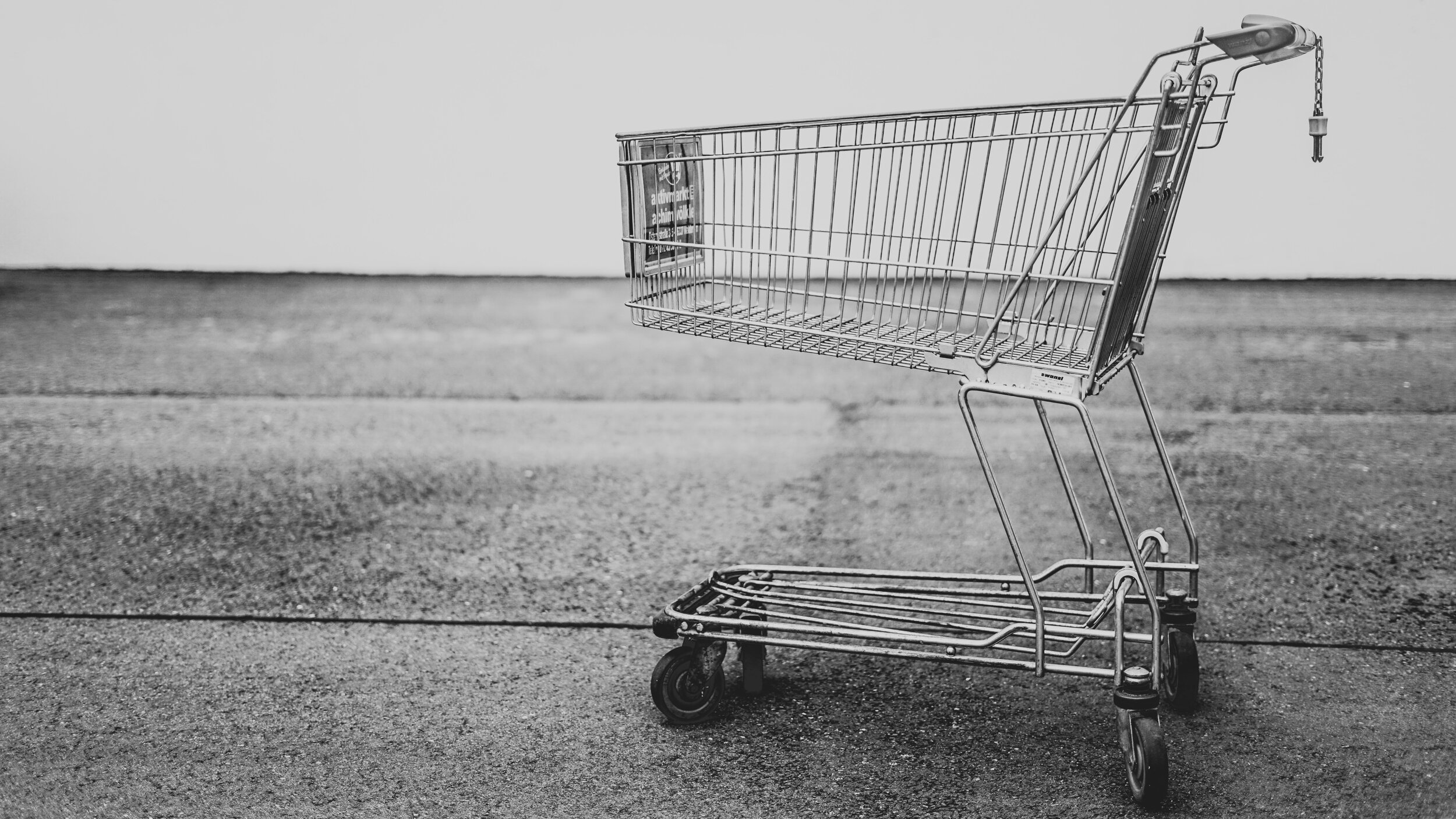The New post-COVID Consumer: how eCommerce’s can stay relevant and compete.
In 2020, with shops closed and travel limited, the pandemic forced consumers onto the online market. This put eCommerce at an all-time high with years of growth occurring in just a few weeks. With the shopping landscape shifting so drastically, brands had to adapt their online presence to accommodate these changes, with some companies taking on direct to consumer shopping for the first time.
With these new online buying habits, consumers have grown more and more expectant of brands and their ability to cater to online shopping demands. They require easy and enjoyable online experiences from start to finish, across multiple channels and devices. This is something that many brands were easily able to cater for, however, brands that were delving into eCommerce for the first time had to quickly create a new way for consumers to purchase. It was essential that they perfected their omnichannel approach, ensuring stock levels, product information and sales were consistent across channels, creating a seamless experience for users.
Beyond ensuring that the ability to efficiently sell online was there, companies also needed to stand out in this rapidly growing market. One way of doing this was to provide fast, free and efficient shipping direct to customers' doors as well as easy and free returns. Consumers have come to expect next day or even same-day delivery options as well as free shipping when meeting a spend threshold. Meeting these fulfilment criteria gives brands an edge in the overcrowded and increasingly competitive market.
Another major effect of the increase in online shopping is the rise in competition in digital advertising. This has resulted in costs per acquisition rising, meaning that some brands have begun to prioritise customer retention over acquisition. Increasing the lifetime value of a customer allows you to have less reliance on online advertising and obtaining new customers whilst still keeping profits up. Loyalty schemes, subscriptions and referral schemes can increase the lifetime value of your customers and identifying high-value customers can allow your business to capitalise on up-sell and cross-sell opportunities. Building relationships with current customers may prove to be more valuable for your business than spending money chasing new ones and trying to compete in an overcrowded ads market.
The eCommerce boom of 2020 has forced consumers online, bringing with them a demand for easy and efficient online shopping options that brands have had to keep up with. Although we may see a reduced growth rate in 2022 as the world begins its return to normality, the online shopping market has changed and the new consumer buying habits, as well as the consumer expectations, are here to stay. Brands must adapt to the rapid changes 2020 has brought and perfect their online presence, omnichannel approach and fulfilment capabilities in order to stay relevant in the competitive landscape of eCommerce.
To learn more about Post-COVID Consumer, get in contact today.











